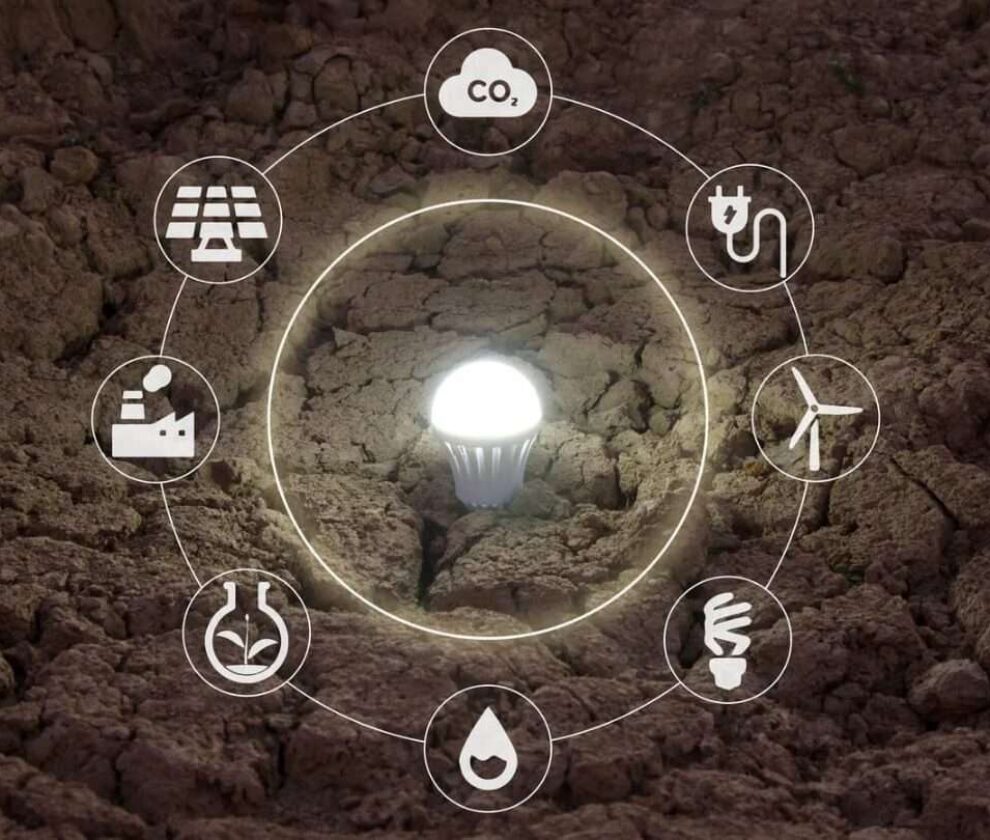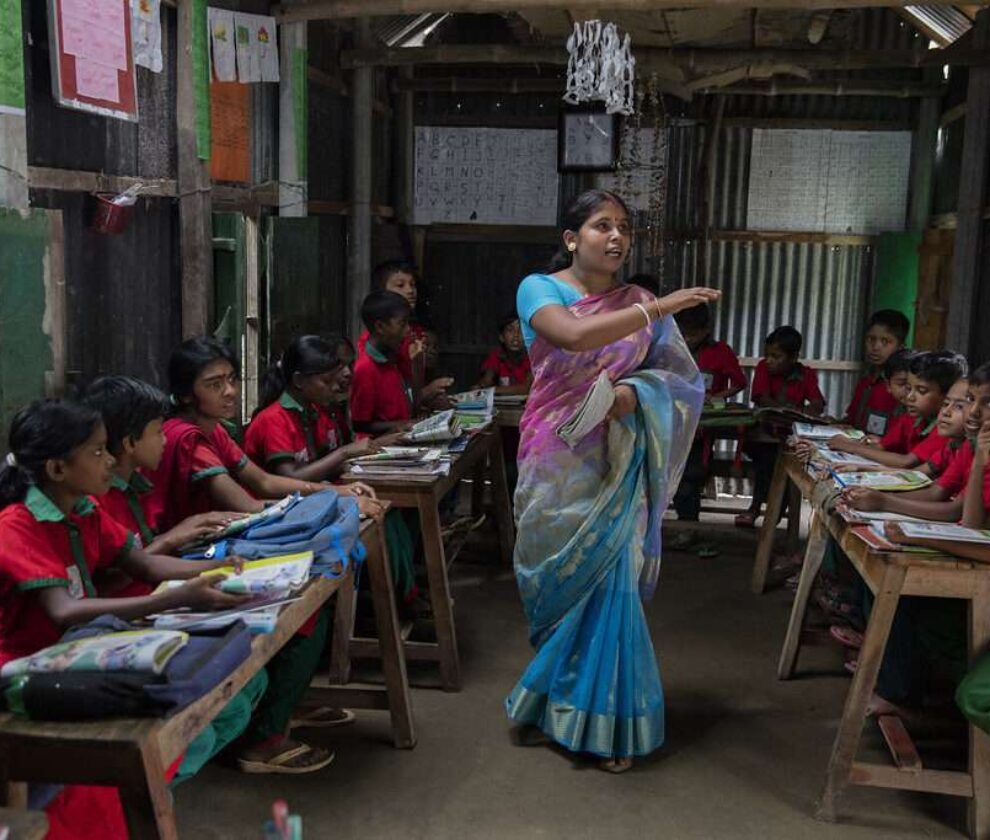Every day, thousands of worshippers stream through Baitul Mukarram National Mosque in Dhaka—not just for prayers, but to shop in what has become Bangladesh’s largest jewelry market. With 180 gold shops, electronics vendors, and countless other businesses operating within the mosque complex, it generates substantial revenue for the Islamic Foundation that manages it. This wasn’t accidental—it was part of the original 1959 architectural design.
But here’s the thought experiment: What if every mosque in Bangladesh followed this model—and learned from mosques across Muslim-majority countries that are already doing it?
The Regional Proof of Concept
While Bangladesh treats Baitul Mukarram as a unique case, neighboring countries have made mosque-based commerce their standard practice. In Indonesia, Jakarta Islamic Centre was designed from inception with three core functions: worship, education, and commerce. The master plan includes a 5,653 square meter business center, 4,582 square meter convention hall, and 11,217 square meter hotel complex—all generating revenue for the Islamic center’s broader mission.
This isn’t an isolated experiment. Research shows that at least 61 mosques across Indonesia have established business units, with more than 50% located in Java. Most operate rental businesses for mosque assets like halls, courtyards, and commercial spaces.
Malaysia has taken the model even further. Studies reveal Malaysian mosques with “strong economic resources generated by results of endowment assets such as land, buildings and equipment on hire,” with some mosque funds accumulating “hundreds of thousands of ringgit”. Research across Malaysia’s 10,000+ mosques shows that those with good internal control and active involvement in economic activities demonstrate significantly better financial performance.
These aren’t outliers—they’re systematic approaches to mosque sustainability that Bangladesh could replicate at scale.
The Massive Untapped Opportunity
If regional examples prove the model works, Bangladesh’s potential is staggering. The country’s 250,000+ mosques represent the world’s largest concentrated network of regular foot traffic, yet most operate as purely donation-dependent institutions.
Consider the mathematics: An average neighborhood mosque sees 150-300 visitors daily across four business-hour prayers—Dhuhr (1 PM), Asr (4 PM), Maghrib (6 PM), and Isha (8 PM). That’s 1,200+ potential customers walking past the same location daily. In commercial terms, most retail businesses would pay premium rent for that kind of guaranteed traffic.
Walk around most Bangladeshi mosques today, and you’ll find the same missed opportunity: a few informal tea stalls, maybe a small grocery shop, some fruit vendors who’ve discovered this traffic organically. The mosque itself? Simply collecting donations and struggling to maintain its programs.
Yet Indonesia and Malaysia have shown exactly how to monetize this opportunity systematically.
Scaling the Proven Model
Jakarta Islamic Centre and Malaysia’s mosque business networks provide the blueprint for transforming every Bangladeshi mosque. The original Baitul Mukarram concept—designed with shops, offices, libraries, and parking areas within the complex —becomes the template rather than the exception.
Since 1975, the Islamic Foundation Bangladesh manages Baitul Mukarram and receives “incomes from the Foundation’s own properties” as a key funding source. Today, it houses 180 jewelry shops making it Bangladesh’s biggest jewelry market, generating sustainable revenue while serving millions of worshippers. Jakarta Islamic Centre took this concept and systematized it, creating “functions/program of administration, education and training, social culture, information & communication and business” under one integrated management system.
Applied nationwide, imagine every neighborhood mosque in Dhanmondi, Chittagong, or rural Rangpur actively establishing:
- Halal-certified food courts serving quick meals between prayers
- Islamic banking service points offering profit-sharing investments
- Modest fashion retail spaces aligned with community values
- Halal certification consultancy desks for local food businesses
- Islamic education and book centers
Following the Indonesian and Malaysian models, the mosque doesn’t just provide space—it curates, manages, and takes revenue share from these businesses, all operating on Islamic economic principles.
The Transformation Impact
The precedents show this isn’t just about commerce—it’s about institutional transformation. Malaysian research confirms that mosques with waqf-generated income from rental activities show significantly better financial sustainability, while studies across Sarawak demonstrate that mosque-based economic activities positively impact both the mosque and surrounding community, helping people independently generate income.
A mosque generating 50,000-100,000 taka monthly from managed Islamic economy activities could:
- Fund its madrasa without depending solely on donations
- Provide better facilities for orphanage programs
- Invest in community development initiatives
- Create employment opportunities within Islamic economic frameworks
The businesses benefit equally: built-in customer base, community trust, lower marketing costs, and alignment with their target market’s values.
Scale this model across Bangladesh’s mosque network, and the economic implications become enormous.
The Global Competition Bangladesh Is Missing
While Bangladesh debates this concept, regional competitors are pulling ahead. Malaysia leads the Global Islamic Economy Indicator, with Islamic fintech startups like Ethis Group successfully crowdfunding mosque construction and halal businesses. Indonesia ranks 4th globally and is positioning itself as a global Islamic economy hub.
The global halal market is worth $4 trillion and growing—Bangladesh captures a fraction of this despite having 165 million Muslims. Mosque-managed business hubs could be the missing infrastructure to compete effectively in this space.
Local entrepreneurs would gain access to prime locations and community validation. Islamic economic principles would get practical implementation beyond banking theory. Communities would develop stronger local economies rooted in shared values. Most importantly, Bangladesh would build the institutional foundation to compete with Malaysia and Indonesia for Islamic economy leadership.
The Uncomfortable Questions
But here’s what we’re not discussing: Why isn’t this happening organically in Bangladesh when the regional precedents are so clear?
Baitul Mukarram proved the model works 65 years ago. Jakarta Islamic Centre and Malaysian mosques have refined and scaled it. Yet most Bangladeshi mosques remain passive beneficiaries of charity rather than active economic players. Is it religious conservatism? Lack of business expertise among mosque committees? Regulatory barriers? Or simply unaware that neighbors are already succeeding with this approach?
And the deeper question: If every mosque became an economic hub rather than just a prayer space, would that strengthen Islamic communities or commercialize sacred spaces?
The imam at your local mosque finishes his afternoon prayer unaware he’s managing one of the neighborhood’s most valuable real estate assets. Baitul Mukarram’s imam discovered this 65 years ago. Jakarta Islamic Centre and Malaysian mosques have perfected it. The question is: should Bangladeshi mosques learn from their regional peers, or watch them capture the Islamic economy opportunities that Bangladesh is leaving on the table?




